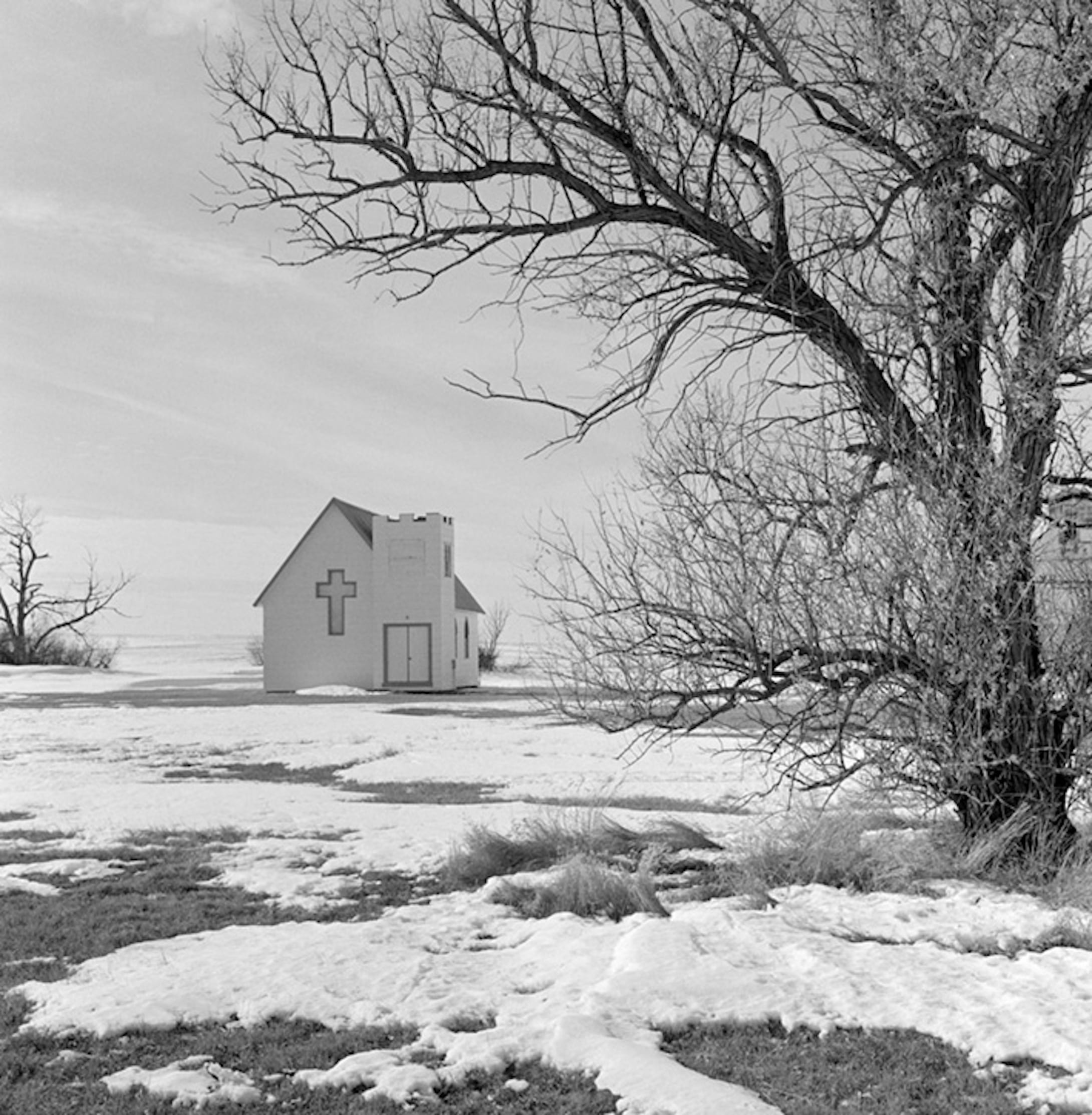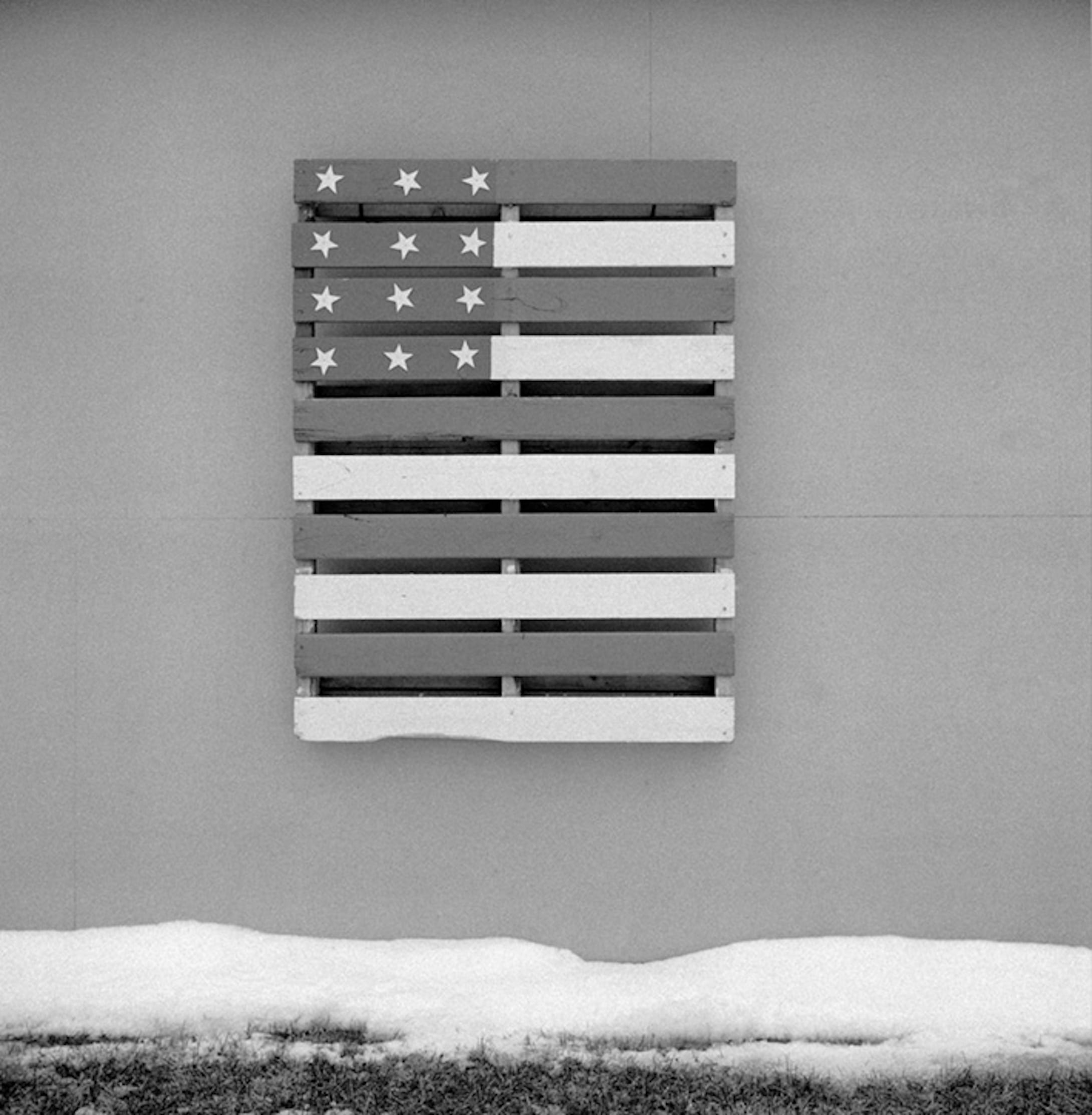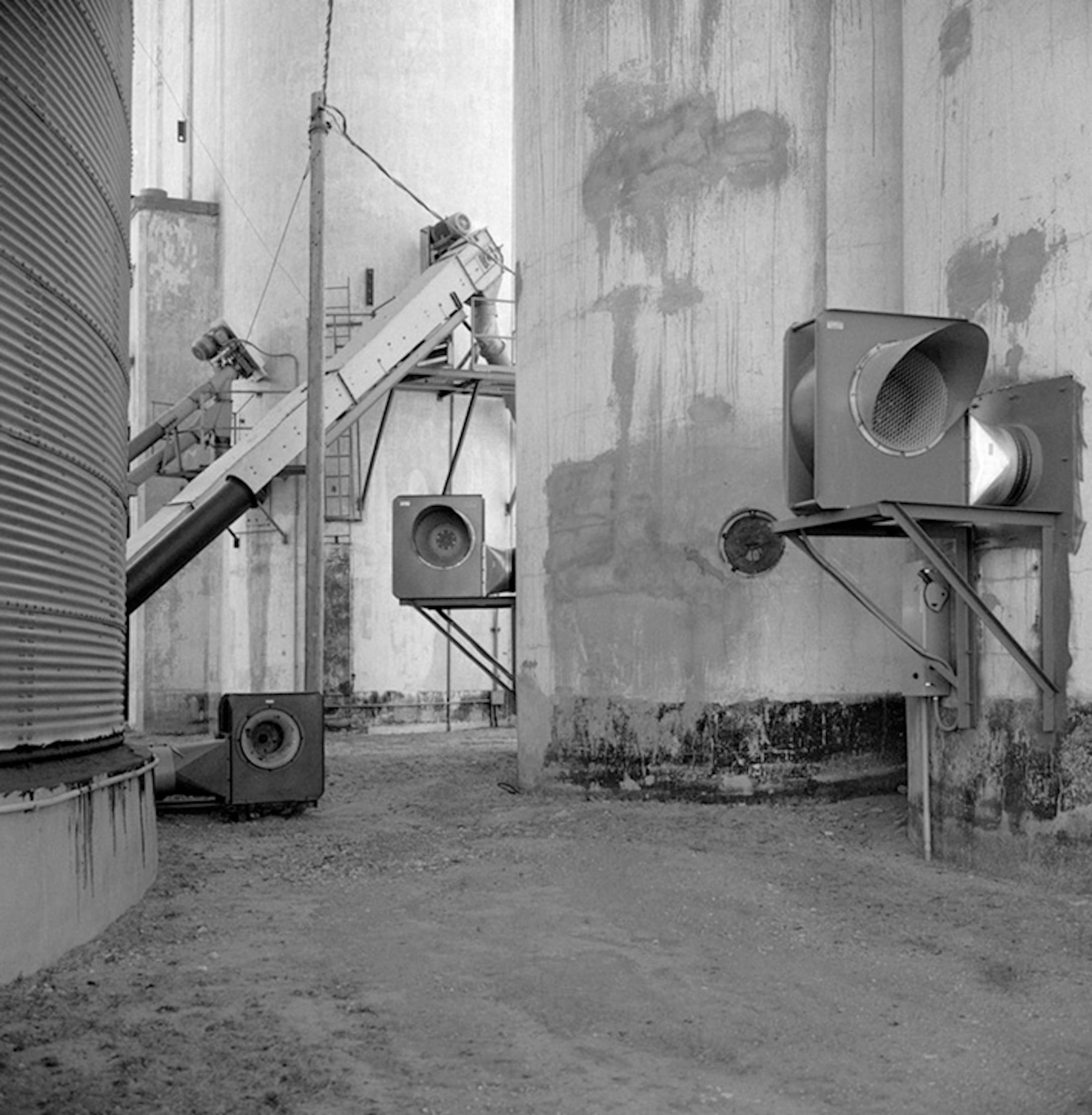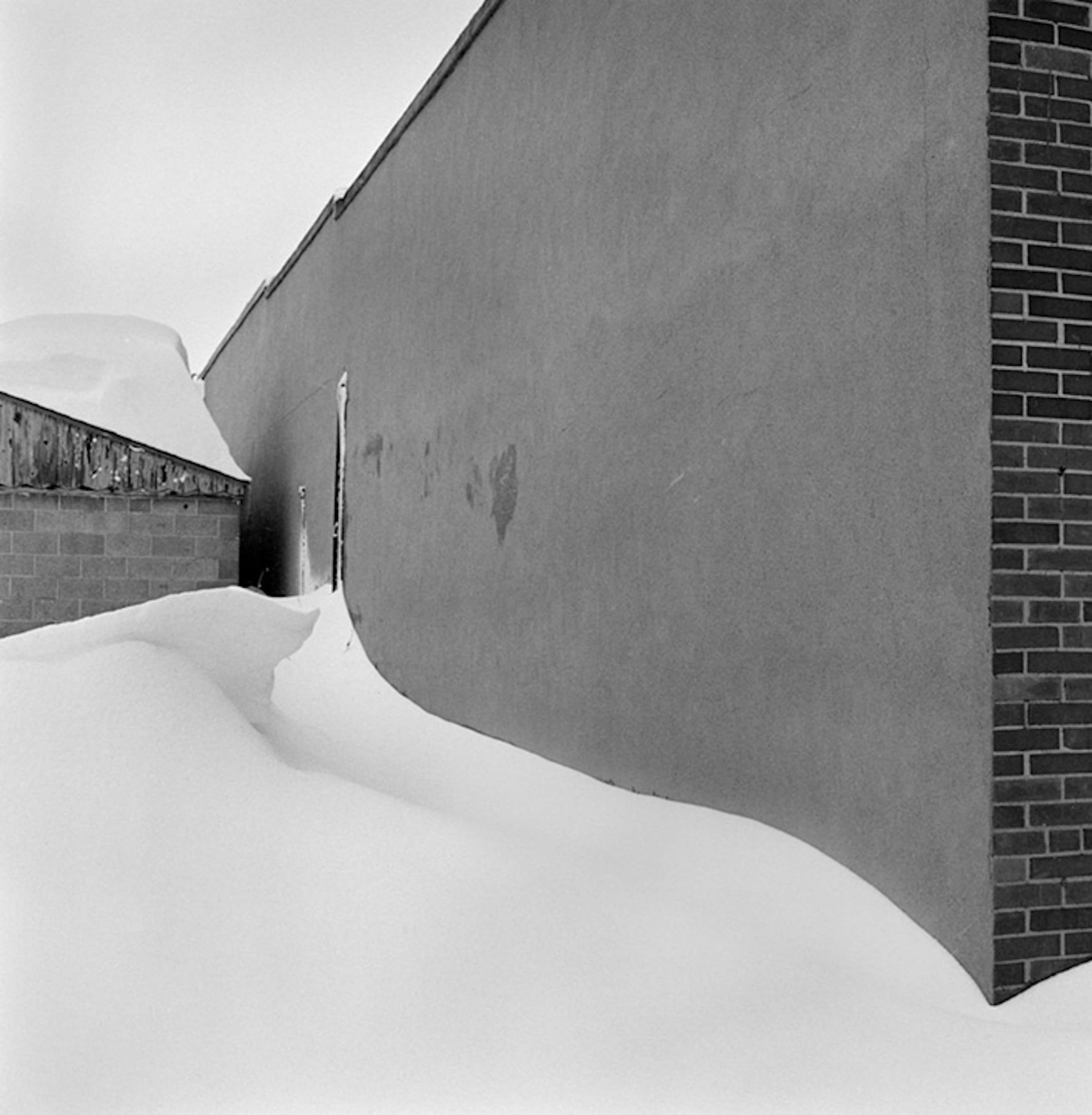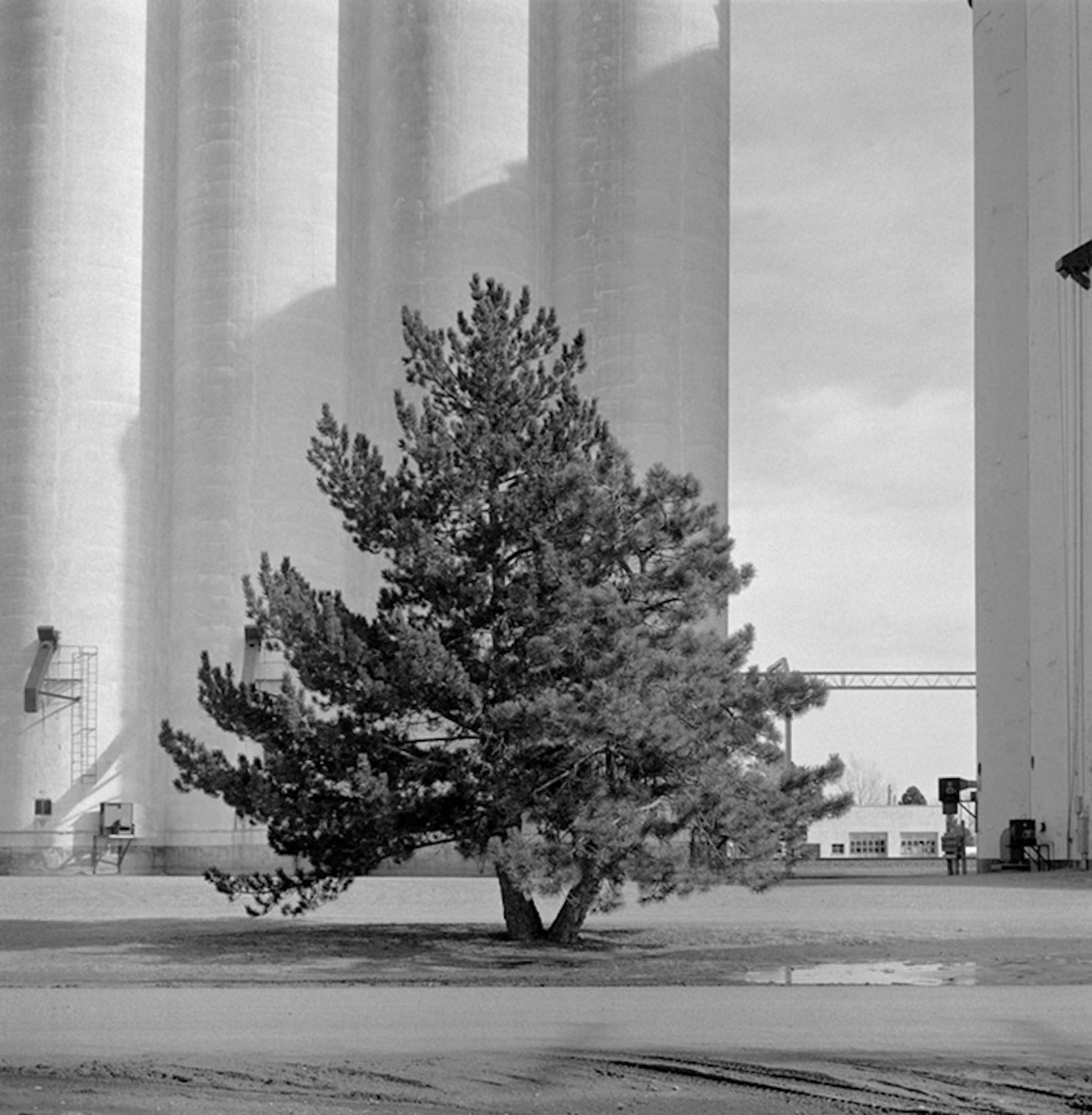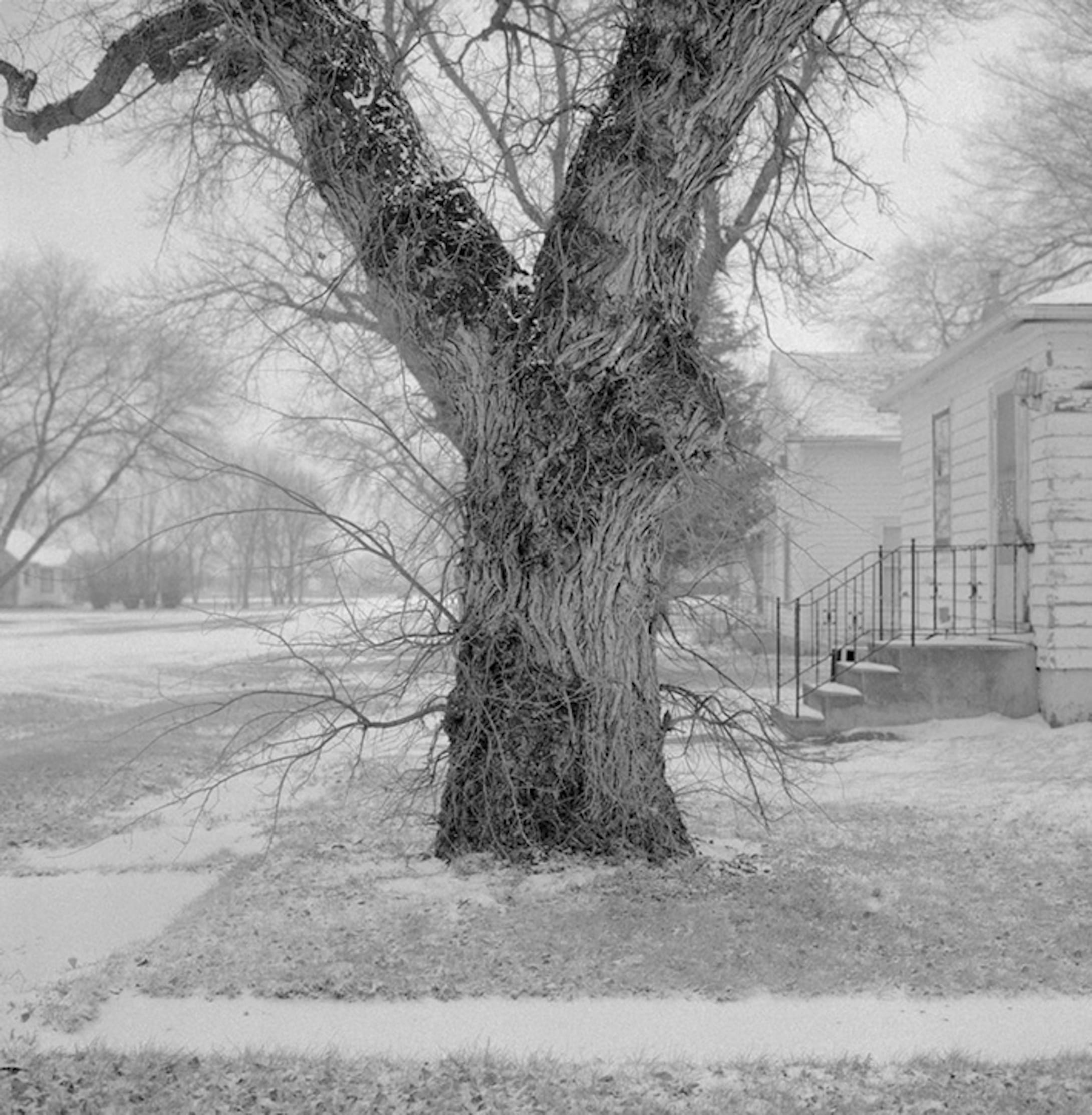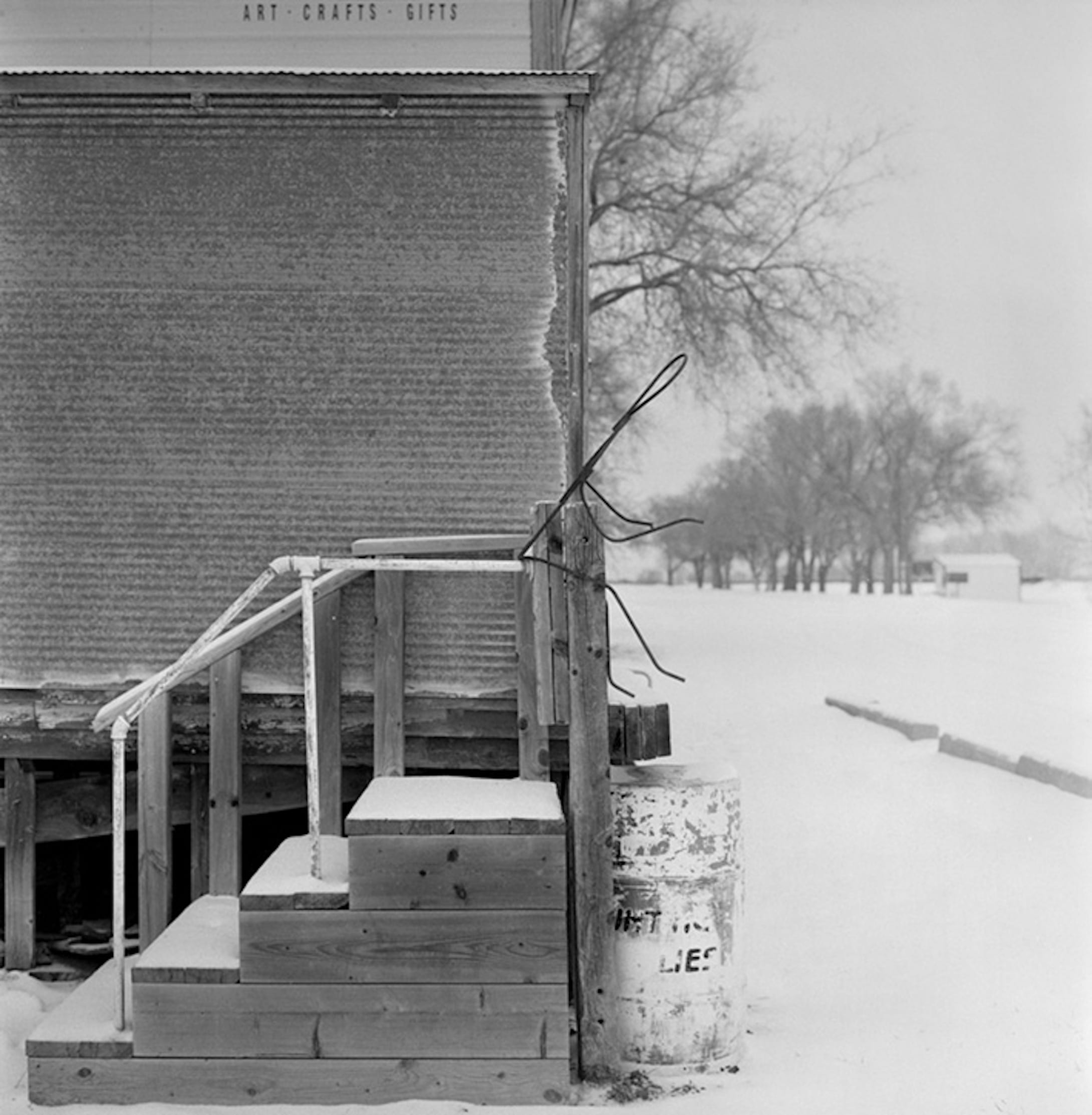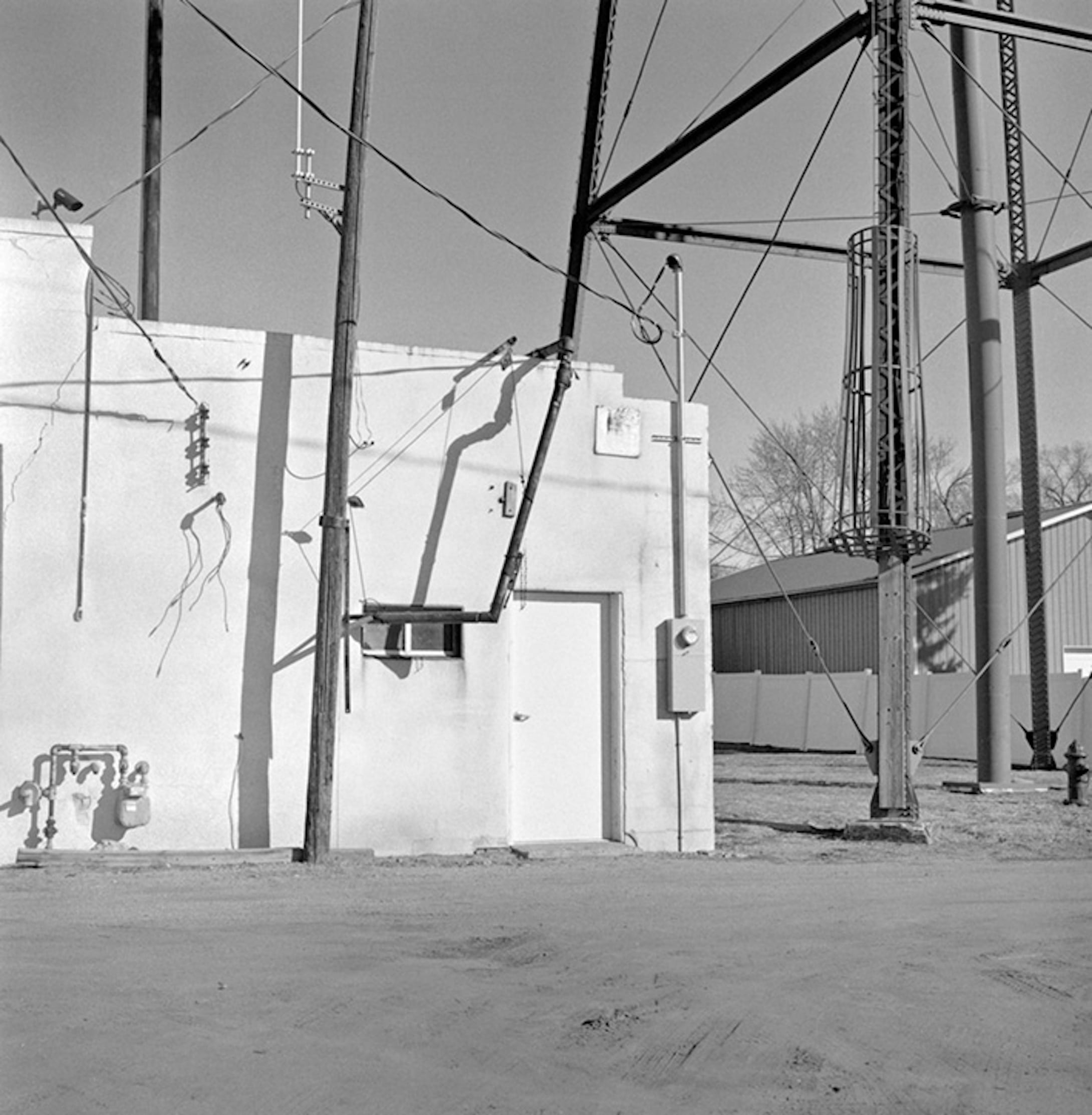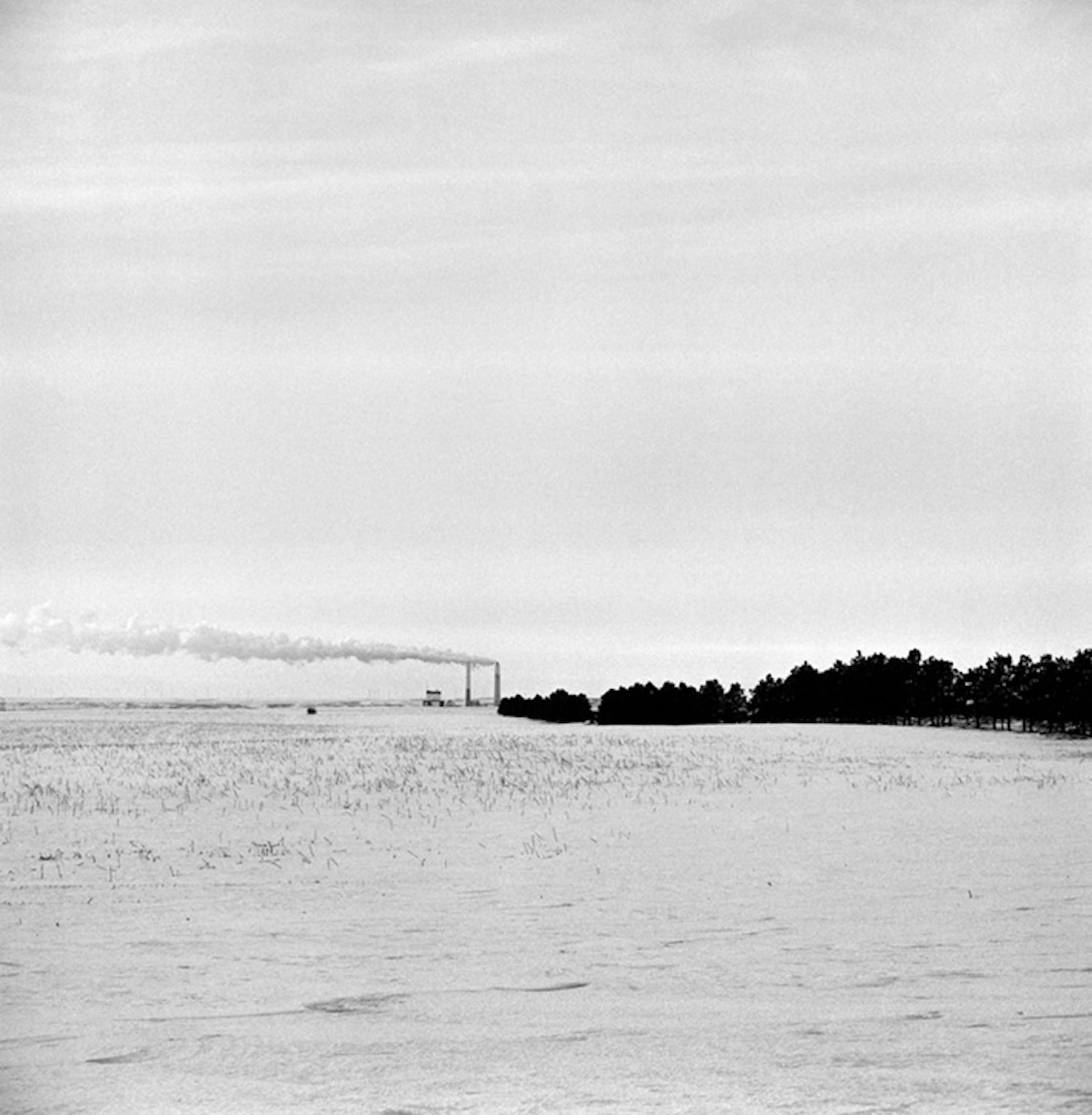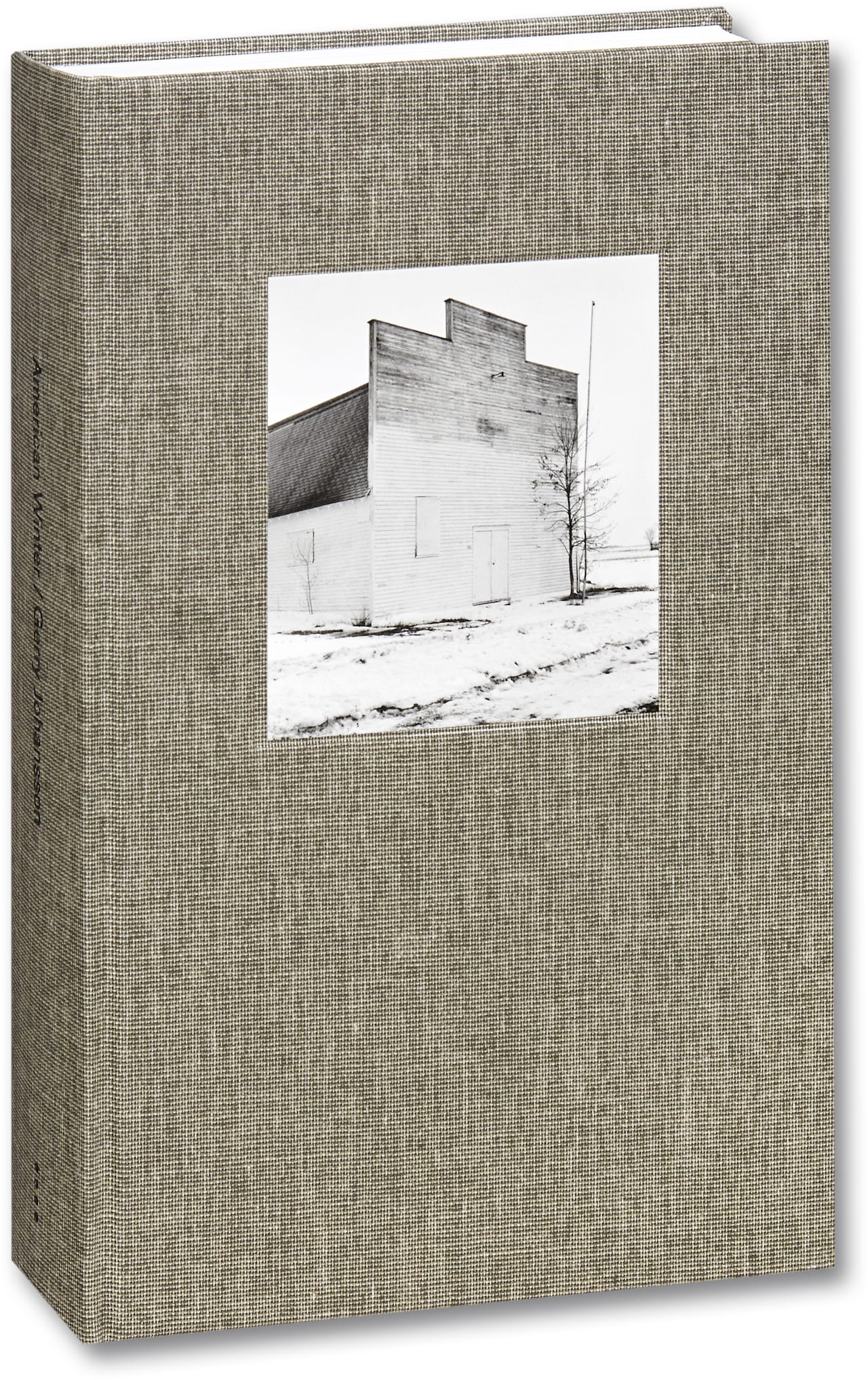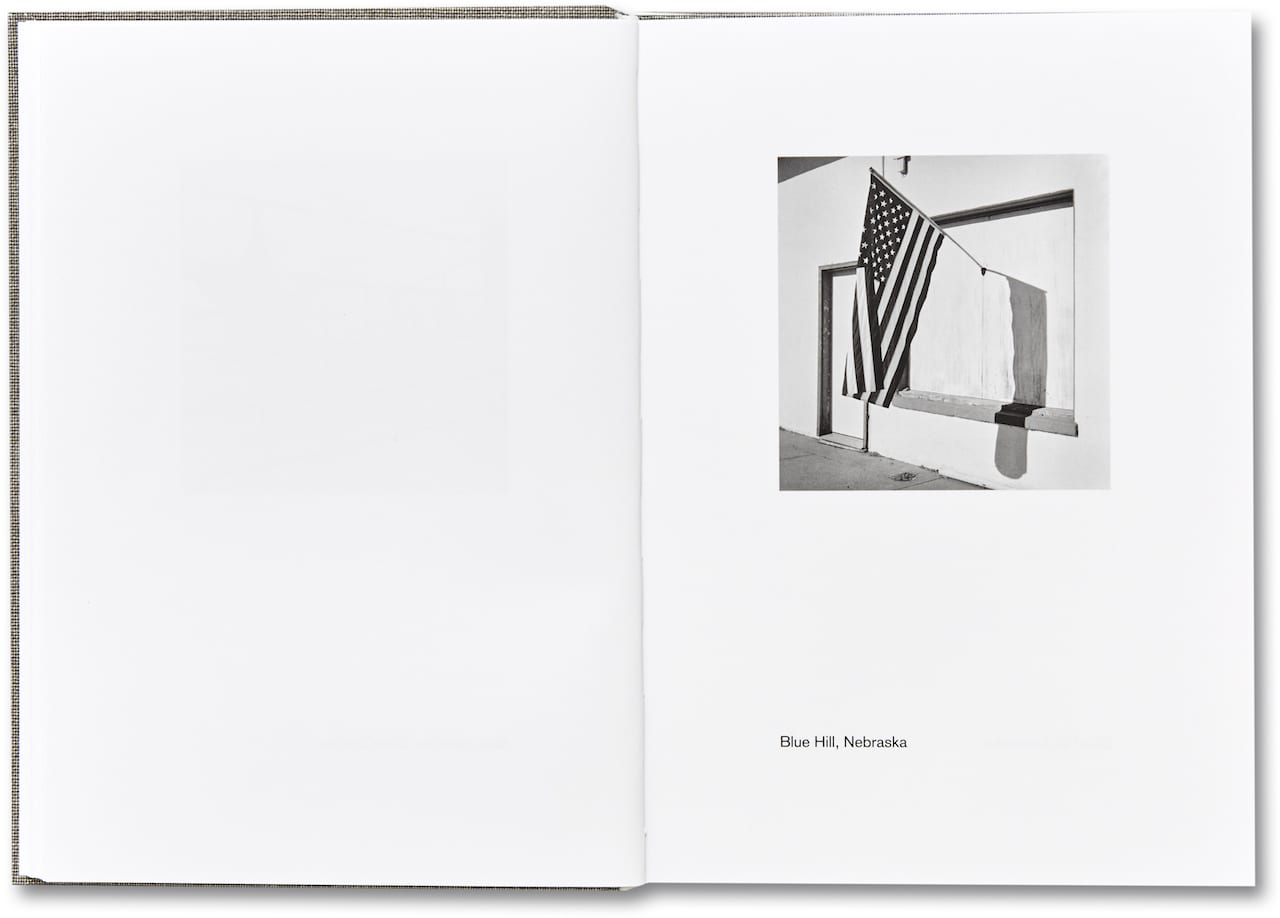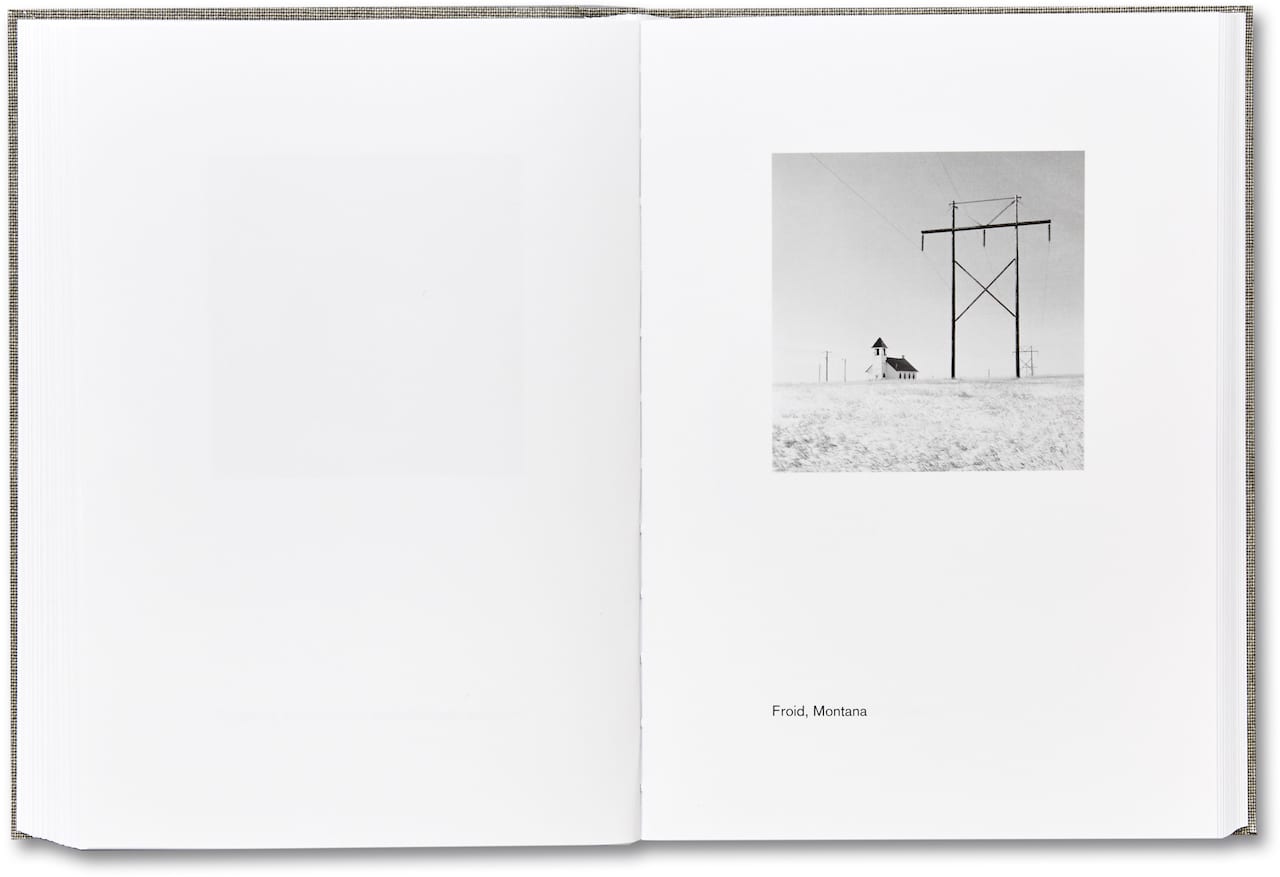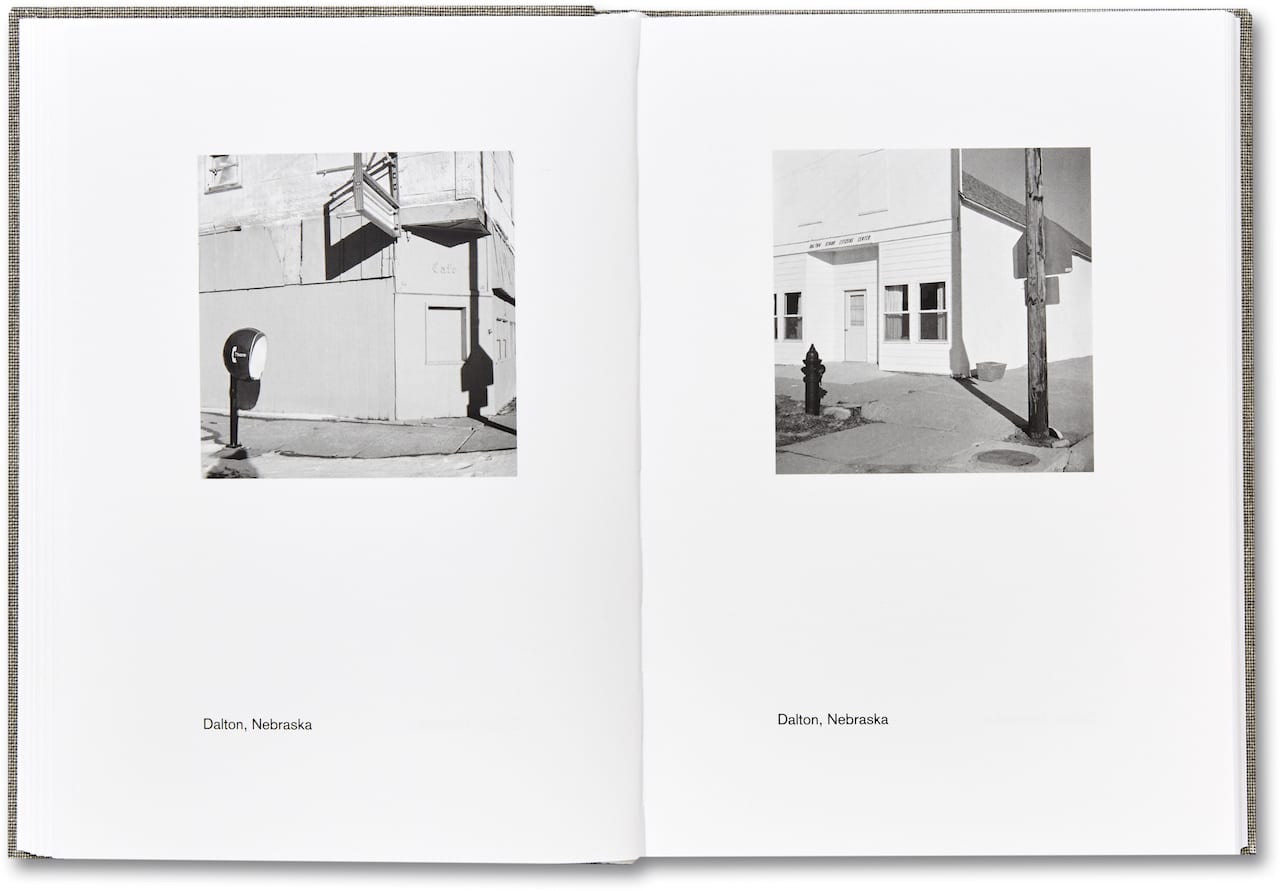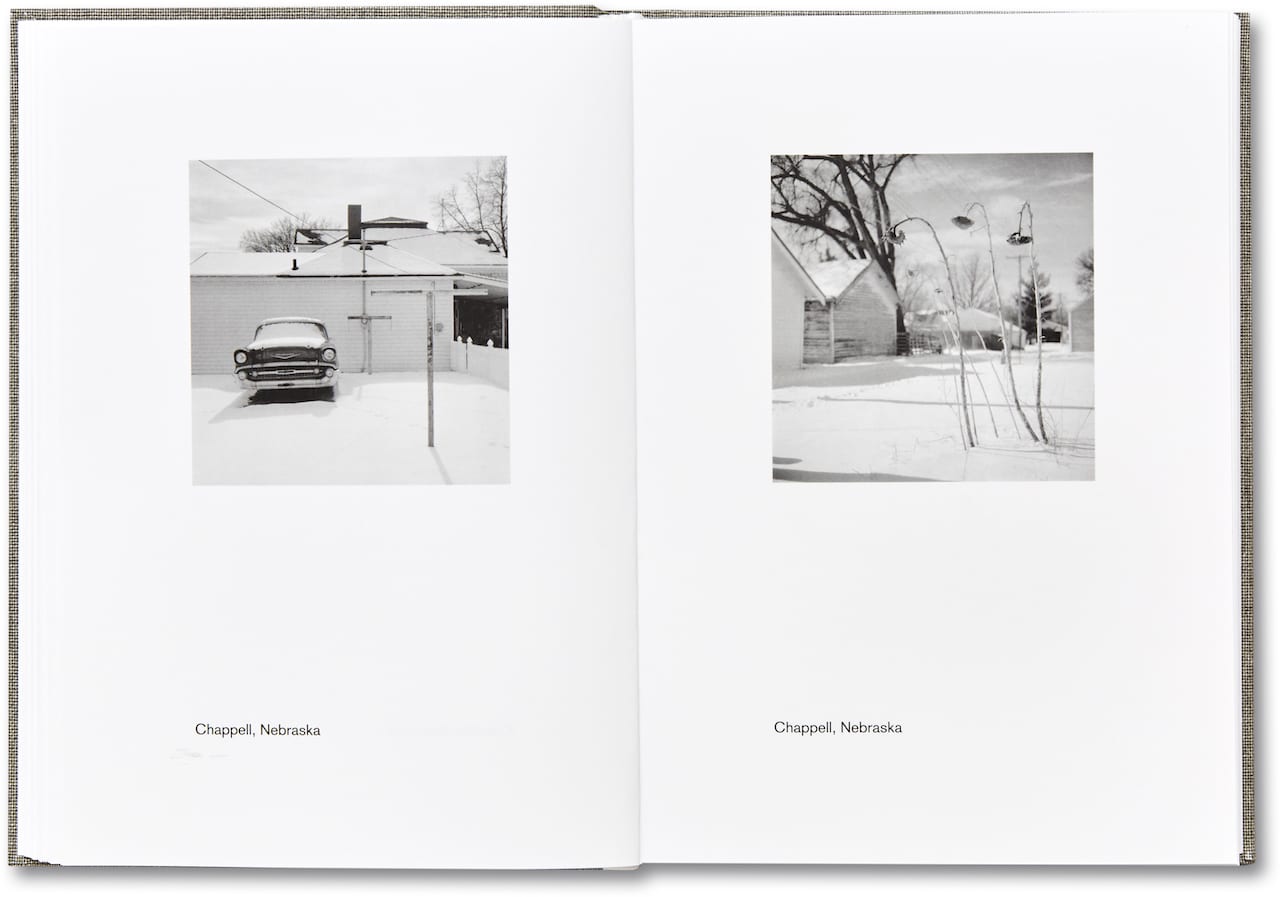“For me it is important not to create a story with the pictures,” says Gerry Johansson. “Normally when you edit you try to sequence the photographs. But for me it is important that each picture is considered as a single, individual image.”
Johansson’s photography is largely driven by intuition, but when it comes to making a book, logic and order triumph. Almost all of his 31 photobooks are defined by their geography, if not the subject matter, and their equally-sized photographs are generally organised either alphabetically or chronologically, a bid to encourage readers to interpret them individually.
The images in Johansson’s latest book, American Winter, are ordered alphabetically by location, for example. “It’s very important to have the title of where the picture is made,” says Johansson, who recommends reading the captions out loud. It’s something he often does at lectures, and says it is well-received by his audience.
American Winter includes 250 square-format images of semi-deserted American towns, a small selection of which is currently on show at Galerie Wouter van Leeuwen in Amsterdam. The publication is similar in dimension and format to some of Johansson’s previous publications such as Deutschland and Sverige, photographic studies of Germany and his homeland, Sweden.
Born in Örebro in 1945 Johansson grew up in Varberg, on the Western coast of the country. Inspired by his father, an amateur photographer, he started making photographs when he was just 11 years old; his first pictures were of the model airplanes he built. Johansson recalls being fascinated by photographs from his father’s time studying in Germany before the war, and pretending to take pictures around the house with his grandmother’s broken box camera.
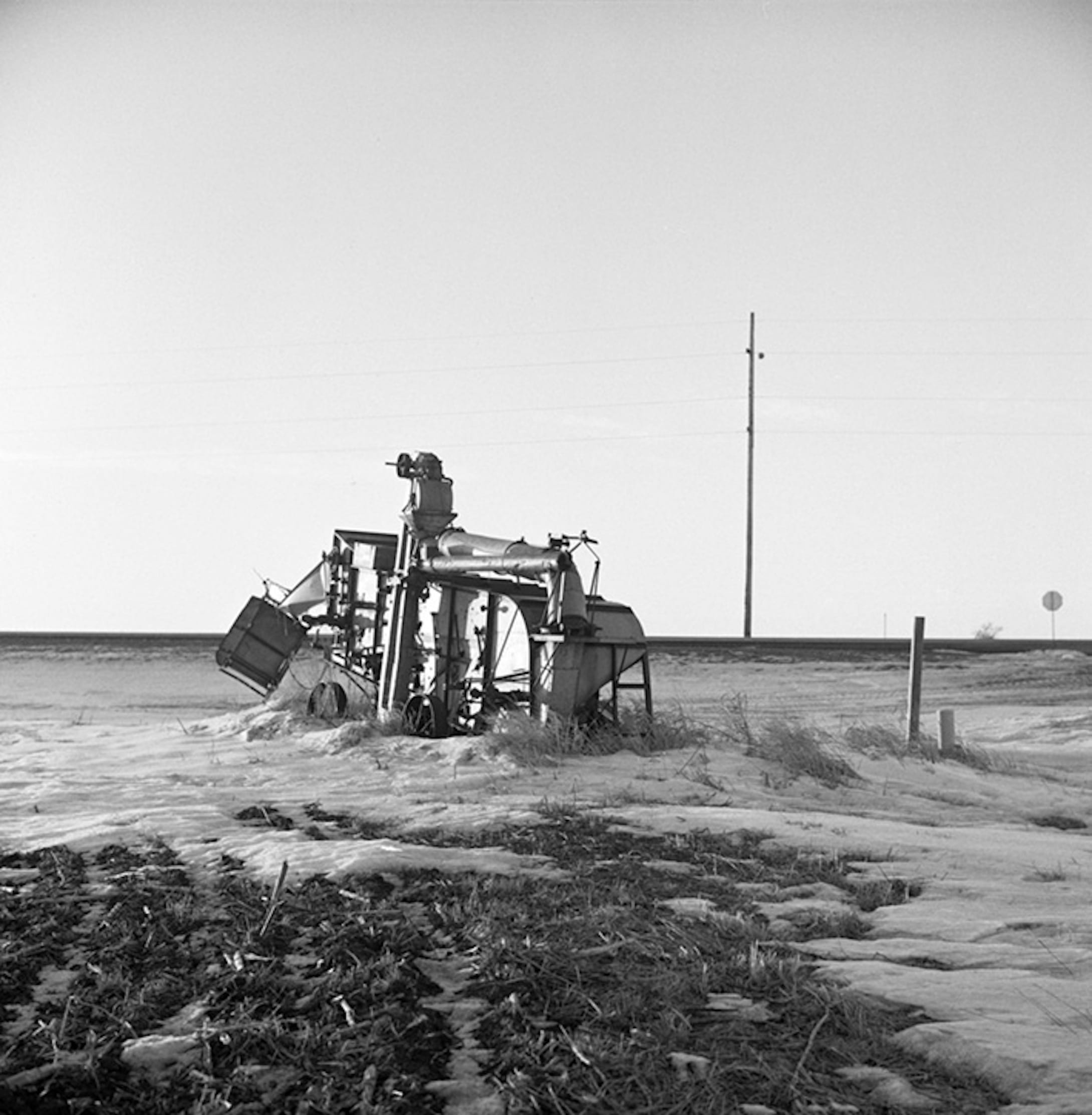
Johansson learned most of his trade from a local camera club, which he regards as his biggest influence as a young photographer. “I think I was lucky,” he says. “Usually camera clubs aren’t very good, but this one was. They introduced me to all the great photographers, like Paul Strand and Bill Brandt. I learned what photographs I wanted to make from a very early age.”
After high school he moved to America, where he lived for a year with relatives in New Jersey and joined another camera club, the Village Camera Club in New York. Johansson was used to having his own darkroom at home – he had been printing since he was 15 – so he took an enlarger with him to America and set one up there too.
Always working on film, he develops and prints everything himself in his darkroom, and stamps each photograph with the number of the negative and the year the print was made for reference. He thinks it is important to know how old a print is when selling his work, he says, and it also makes it easier to organise and find a certain print when he needs to.
Johansson is a successful photographer now, but as a young man, he thought it would be difficult to make a career out of the kind of images he was interested in. “Most of the work back then was relating to history or social issues,” he explains.
After finishing a degree in graphic design in 1969, Johansson worked for a photography magazine, then three years later co-founded the publishing house Fyra Förläggare AB, specialising in photography magazines and photobooks which usually featured work by Swedish documentary photographers.
This didn’t stop him from making photographs in his spare time though, and throughout his career as a designer and publisher Johansson exhibited in group shows. He self-published his first book, Fotografier, in 1980 and two years later he had his first solo exhibition at the Moderna Museet in Stockholm, which now holds over 40 of his photographs in its permanent collection.
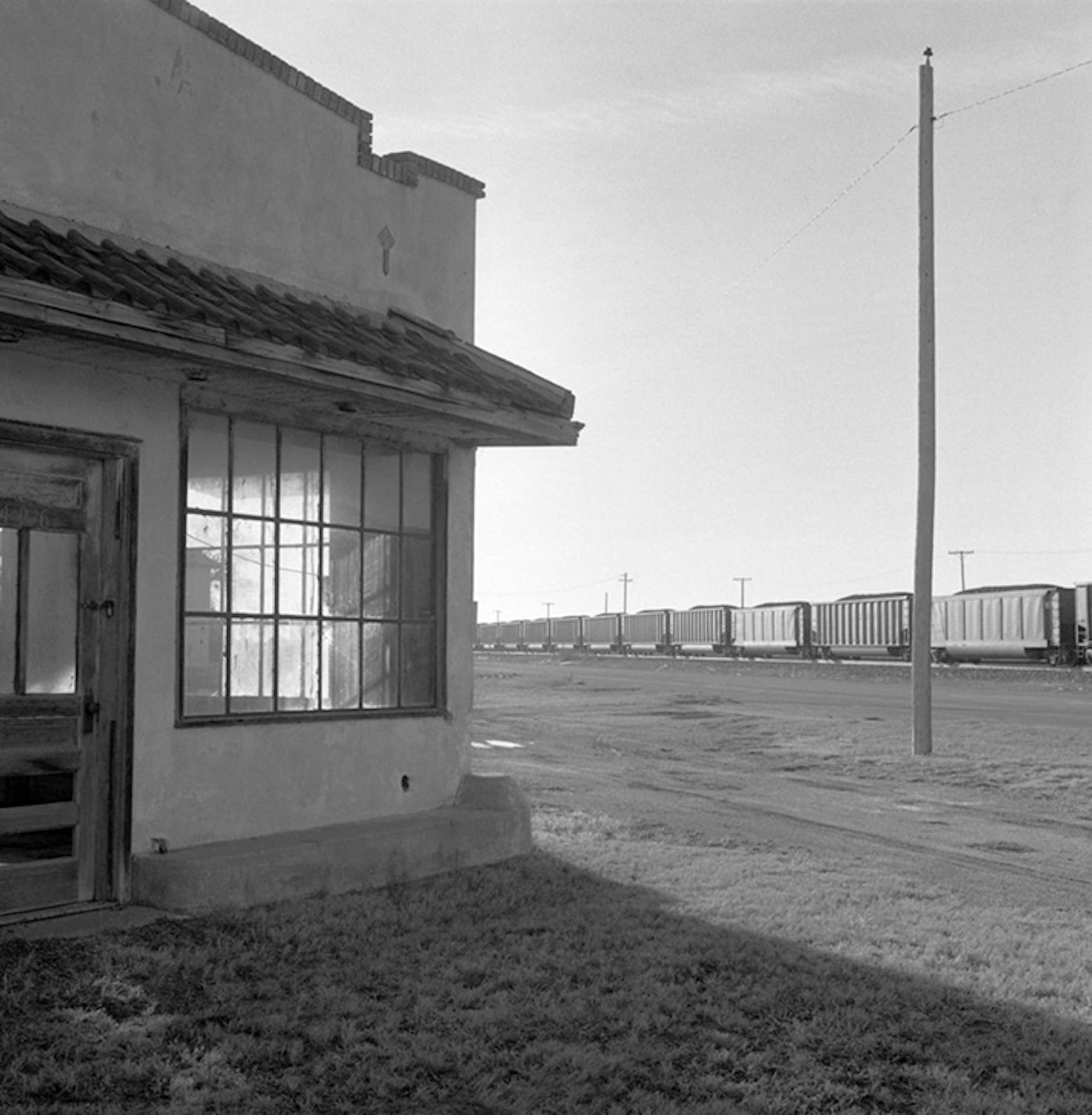
In 1985 Johansson left his publishing company to work independently, and also published his second book, Halland, which was shot exclusively in Halland country, Sweden. Since then, he has produced photobooks dedicated to several other regions in his homeland, as well as in Germany, Japan, Mongolia, and Antarctica.
American Winter was made in the mid-western states of the US – Kansas, Nebraska, South Dakota, North Dakota, Montana, Wyoming and Colorado – between 2017-2018, over two three-week trips to the continent. He travelled alone by car, which got lonely at times, “but I have no problem with that,” he shrugs. “I like these small towns and deserted landscapes. The snow can change the landscape in interesting ways.”
Johansson works intensely, especially in the winter when daylight hours are fleeting. Strolling through each town with a Rolleiflex camera – a favourite because of its reliability and size – Johansson spends as long as it takes to get a shot, then moves on once he knows he has it. “I never go back to find another light,” he says.
In this series, Johansson manages to find just as much beauty as misery in the melancholic winter landscape. Recurring images of leafless trees, isolated churches, and abandoned vehicles are lit up by the low winter sun and its strong clear light, casting dark shadows onto sheets of crisping white snow.
“I prefer photographing in the winter to the summer,” says Johansson, who was partly inspired by the lack of winter pictures in American landscape photography. One thing he’s noticed about this series is that editors and curators always choose different images from it, “there’s not one picture that everyone wants to see”. “I like that,” he says. “As you look into it you find other things that are interesting, that might take you off on slightly different routes.”
Johansson is now 71 years old, but shows no signs of slowing down. He published four books in 2018, including America Revised, which gathers over 50 years of his work on the continent. Unusually for a photographer known for his monochrome work, it includes six colour photographs, but he’s ambivalent about them. “I was never comfortable with exhibiting them,” he explains. “There was too much that was distracting in the colour.”
He’s created a large body of work, and one which remains deliberately open-ended and experimental. In fact he avoids using the word “project”, he says, because he feels the term implies there is some kind of assignment, with a clearly-defined beginning and end.
“I think this might cause you not be open to your photography taking off in other directions,” he says. “When I started out so many years ago there wasn’t really a reason to do a project, you just went out and took pictures that you liked. Most of my work is never-ending.”
https://www.gerryjohansson.com/ American Winter is published by Mack Books, available to purchase for €45, £40, $50 https://mackbooks.co.uk/products/american-winter-br-gerry-johansson Selected images will be on show at Galerie Wouter Van Leeuwen until 16 February 2019 www.woutervanleeuwen.com
